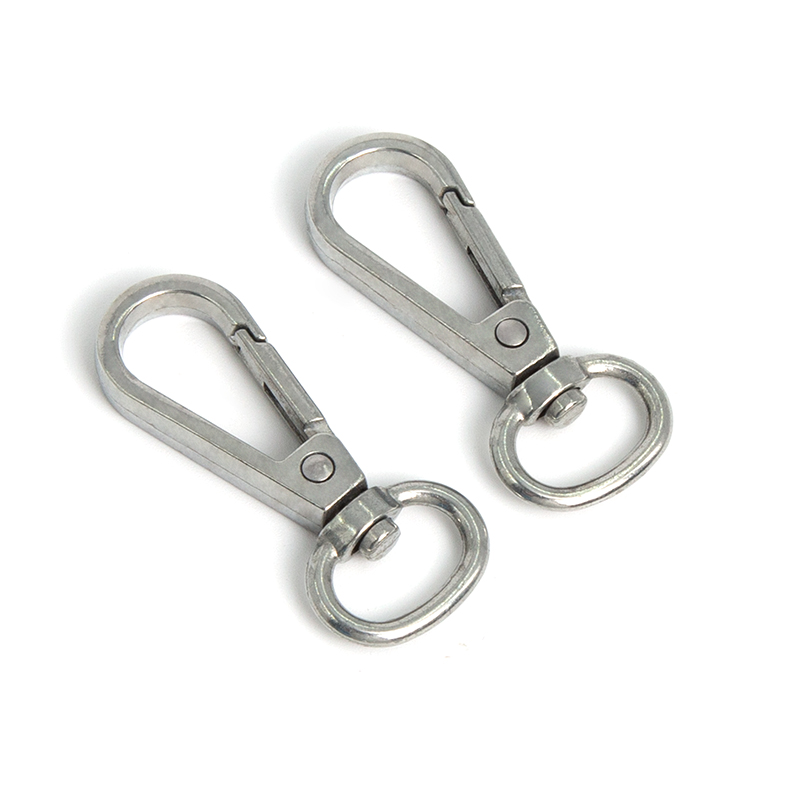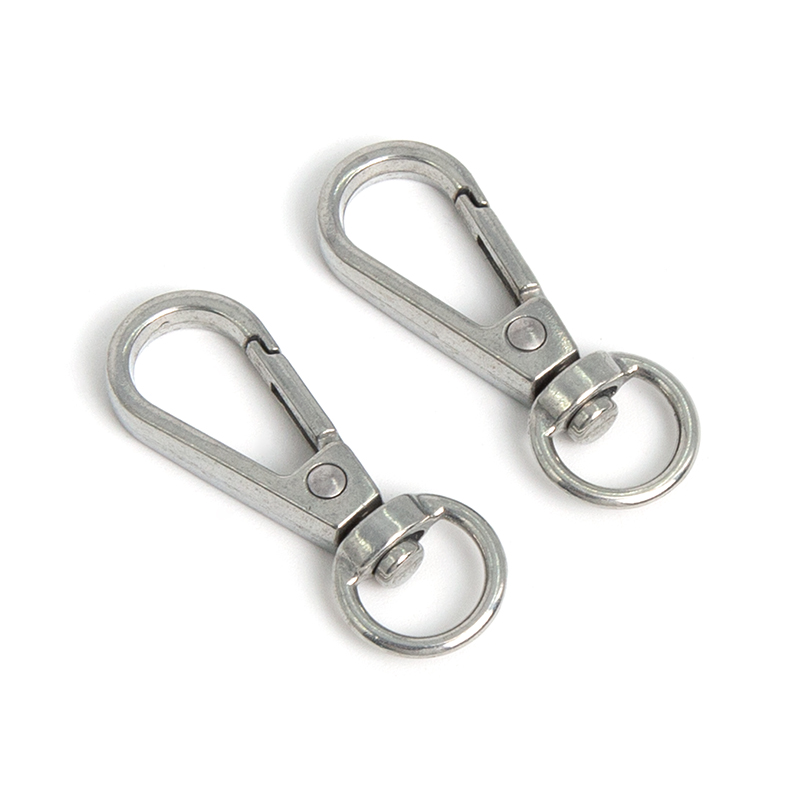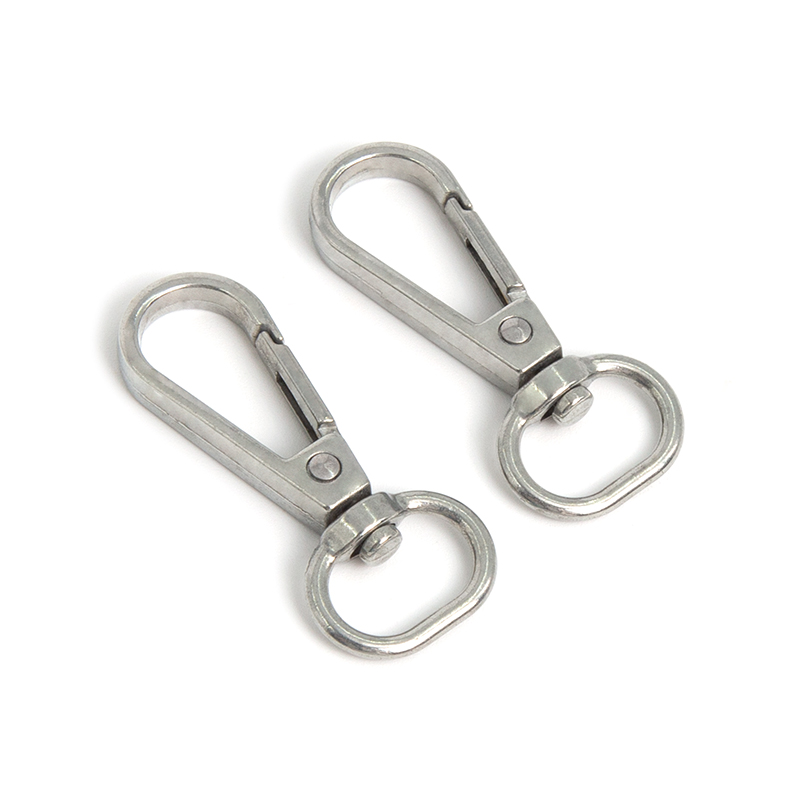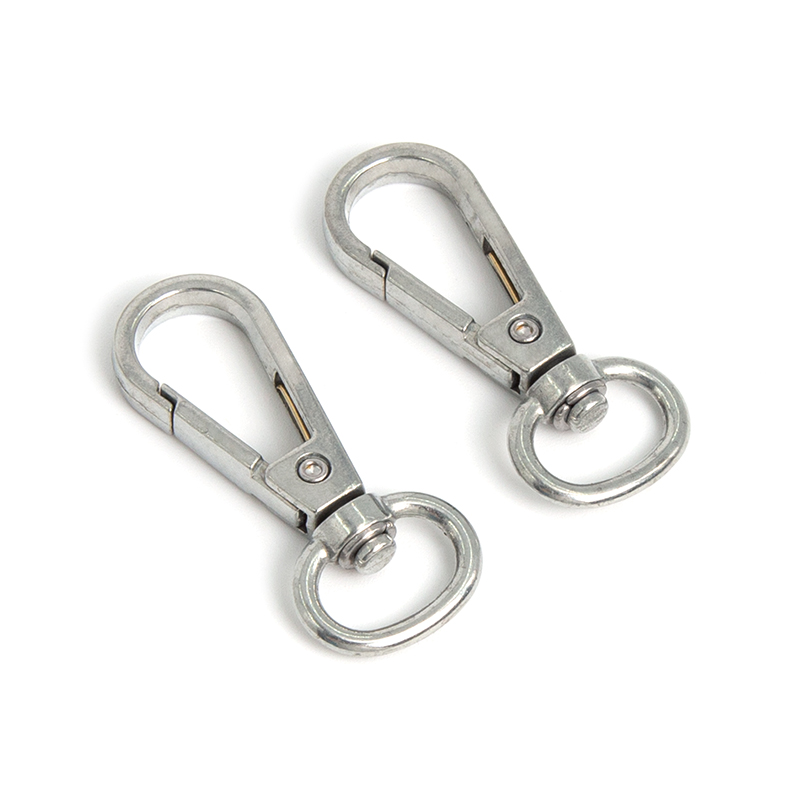What are the advantages of zinc alloy die casting for bag accessories compared with other materials in terms of environmental protection and sustainability?
Release Time : 2025-01-27
In today's society, environmental protection and sustainability have become important issues that cannot be ignored in all walks of life. The bag industry is no exception. Consumers and manufacturers are paying more and more attention to the selection of materials and the environmental protection of the production process. As an advanced manufacturing technology, zinc alloy die casting has shown significant environmental protection and sustainability advantages in the manufacture of bag accessories.
Zinc alloy is a recyclable material, which gives it a unique advantage in environmental protection. The waste and by-products generated during the production process can be reprocessed and utilized, thereby reducing resource waste. This not only reduces production costs, but also reduces dependence on natural resources, which is in line with the concept of circular economy. In contrast, some traditional materials often generate a large amount of waste during the production process, and are difficult to recycle and reuse, which puts a lot of pressure on the environment.
The zinc alloy die casting process itself also has efficient energy consumption management. The process requires a short period of high temperature treatment, which can quickly cool and solidify, thereby saving a lot of energy consumption. In addition, the zinc alloy material itself has the characteristics of low melting point and low energy consumption, which further improves the energy efficiency of the manufacturing process. This means that when manufacturing the same number of bag accessories, zinc alloy die-casting requires much less energy than other materials, thereby reducing carbon emissions and environmental impact.
In addition to the environmental friendliness and energy efficiency of the material itself, zinc alloy die-casting also shows other sustainable advantages in bag accessories manufacturing. For example, zinc alloy die-castings have high hardness and corrosion resistance, which can resist wear and corrosion in daily use and extend the service life of bags. This not only reduces the generation of waste, but also reduces the frequency of consumers changing bags, thereby reducing resource waste.
In addition, zinc alloy die-casting technology can also produce bag accessories with various shapes and novel styles, meeting consumers' needs for fashion and personalization. This diversified design not only enhances the added value of bags, but also promotes product innovation and upgrading, injecting new vitality into the sustainable development of the bag industry.
In summary, zinc alloy die-casting has shown significant environmental and sustainable advantages in bag accessories manufacturing. It not only reduces resource waste and energy consumption, but also improves the durability and diversity of products, making important contributions to the green development of the bag industry. As consumers pay more and more attention to environmental protection and sustainability, zinc alloy die-casting technology is expected to be more widely used and promoted in the bag industry.
Zinc alloy is a recyclable material, which gives it a unique advantage in environmental protection. The waste and by-products generated during the production process can be reprocessed and utilized, thereby reducing resource waste. This not only reduces production costs, but also reduces dependence on natural resources, which is in line with the concept of circular economy. In contrast, some traditional materials often generate a large amount of waste during the production process, and are difficult to recycle and reuse, which puts a lot of pressure on the environment.
The zinc alloy die casting process itself also has efficient energy consumption management. The process requires a short period of high temperature treatment, which can quickly cool and solidify, thereby saving a lot of energy consumption. In addition, the zinc alloy material itself has the characteristics of low melting point and low energy consumption, which further improves the energy efficiency of the manufacturing process. This means that when manufacturing the same number of bag accessories, zinc alloy die-casting requires much less energy than other materials, thereby reducing carbon emissions and environmental impact.
In addition to the environmental friendliness and energy efficiency of the material itself, zinc alloy die-casting also shows other sustainable advantages in bag accessories manufacturing. For example, zinc alloy die-castings have high hardness and corrosion resistance, which can resist wear and corrosion in daily use and extend the service life of bags. This not only reduces the generation of waste, but also reduces the frequency of consumers changing bags, thereby reducing resource waste.
In addition, zinc alloy die-casting technology can also produce bag accessories with various shapes and novel styles, meeting consumers' needs for fashion and personalization. This diversified design not only enhances the added value of bags, but also promotes product innovation and upgrading, injecting new vitality into the sustainable development of the bag industry.
In summary, zinc alloy die-casting has shown significant environmental and sustainable advantages in bag accessories manufacturing. It not only reduces resource waste and energy consumption, but also improves the durability and diversity of products, making important contributions to the green development of the bag industry. As consumers pay more and more attention to environmental protection and sustainability, zinc alloy die-casting technology is expected to be more widely used and promoted in the bag industry.







